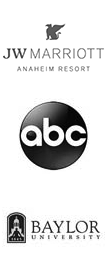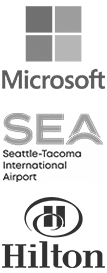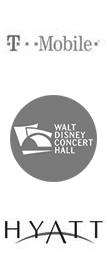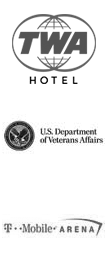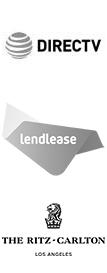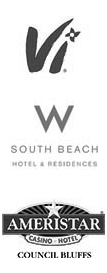Airports & Transportation
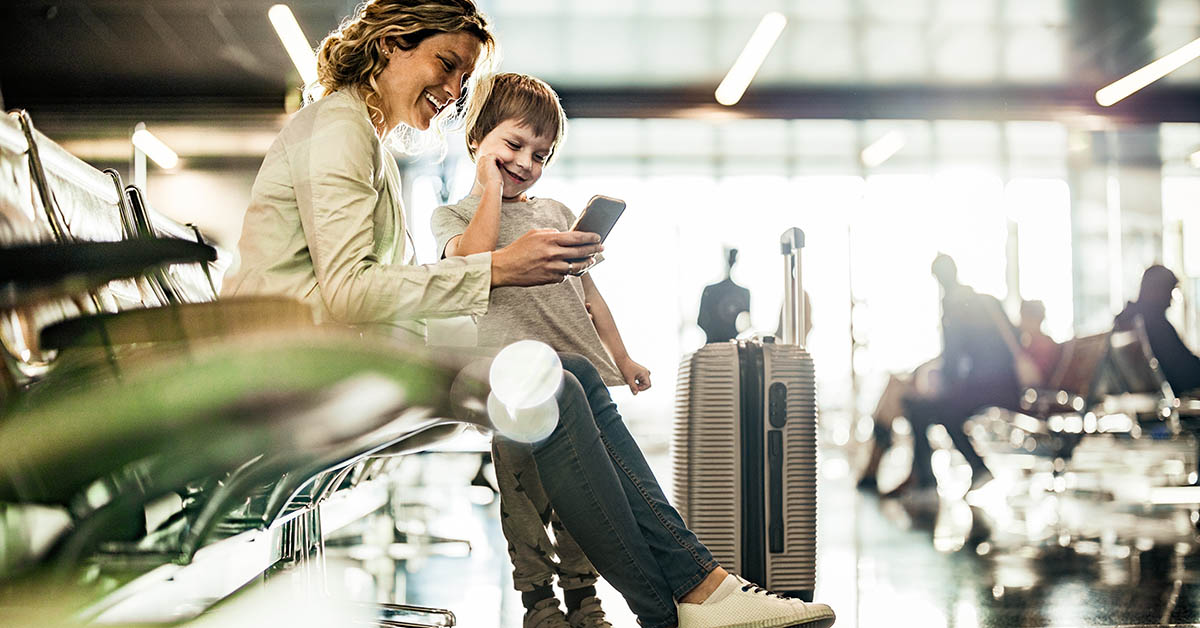
Cellular coverage in airports is essential for a myriad of reasons, playing a crucial role in enhancing the passenger experience. Firstly, robust cellular connectivity enables seamless communication, allowing travelers to stay in touch with friends, family, and business associates. This is particularly important in maintaining connections during travel and addressing any emergent needs that may arise.
Furthermore, reliable cellular coverage facilitates navigation within the airport premises. Passengers rely heavily on maps and navigation applications to find their way through often complex and extensive airport layouts. This ease of navigation significantly reduces the stress associated with travel and helps passengers reach their destinations efficiently.
Access to information is another vital aspect bolstered by good cellular coverage. Passengers can readily obtain real-time updates on flight statuses, gate changes, and other pertinent information through their mobile devices. This instant access to information ensures that travelers remain well-informed and can adjust their plans promptly if necessary.
Entertainment options are also greatly enhanced by stable cellular networks. During waiting periods, passengers can stream music, videos, or games, thereby making their airport experience more enjoyable and less monotonous.
In critical situations, reliable cellular coverage becomes indispensable for emergency services. Passengers can quickly call for assistance, ensuring prompt responses to any emergencies that may occur.
Despite its importance, cellular coverage in airports can be compromised by several factors. The high density of users, including both travelers and airport staff, can strain cellular networks, leading to reduced coverage and slower data speeds. Additionally, the construction materials used in airport buildings, such as metal and concrete, can interfere with cellular signals, further diminishing coverage.
The physical layout of airports, with numerous walls and partitions, can obstruct signals, making it difficult to maintain consistent coverage throughout the facility. Moreover, the prevalence of electronic equipment, including security and communication systems, can create interference that impacts cellular performance.
Wireless network congestion is another significant challenge, as the high volume of users in airports can overload local networks, leading to increased interference and reduced coverage. Spectrum interference from other wireless devices operating in the same frequency range can also disrupt cellular signals, causing dropped calls and slower data speeds.
Outdated infrastructure in many airports exacerbates these issues, as older systems may not support the demands of modern mobile devices and services. Additionally, the coverage and capacity limitations of local carrier networks can further restrict the availability of cellular services within airports.
Overall, addressing these challenges and ensuring robust cellular coverage in airports is essential for providing a connected and informed travel experience.
Our Clientele
Explore some of the great companies that RSS has worked with.
Why RSS?
The licensed wireless industry is intricate. Experience has been a part of Repeated Signal Solutions (RSS) from the company’s inception in 2004. Unlike our rivals, RSS has been active in the licensed wireless frequency market for 19 years and still represents the majority of our first clients nationally.
- 1
Financial Transparency
The RSS methodology has been demonstrated to put everyone at ease. This approach is the result of 19 years of expertise. - 2
Trust: 92%+ of Our Customers Are Recurring
Among licensed wireless services, RSS is one of the few that puts the client first. - 3
Respect and Understanding for All Stakeholders
To ensure that each party contributes for their use case, our process supports the creation of budgets for each group’s allocation of the system. - 4
Total Solution Experience
We offer end-to-end life cycles with the standard carriers SLAs starting at 10 years as part of our solutions.
Ready to Speak With Our Team?
RSS’ mission is to act on behalf of our customers and provide innovative methodologies and detailed solutions that meet their wireless coverage challenges. We strive to provide value propositions based upon ethical business approaches with a high level of transparency and communication which builds mutual trust, respect and a basis for replicable results in our products and services delivery.
Pete Bohley, President of RSS




